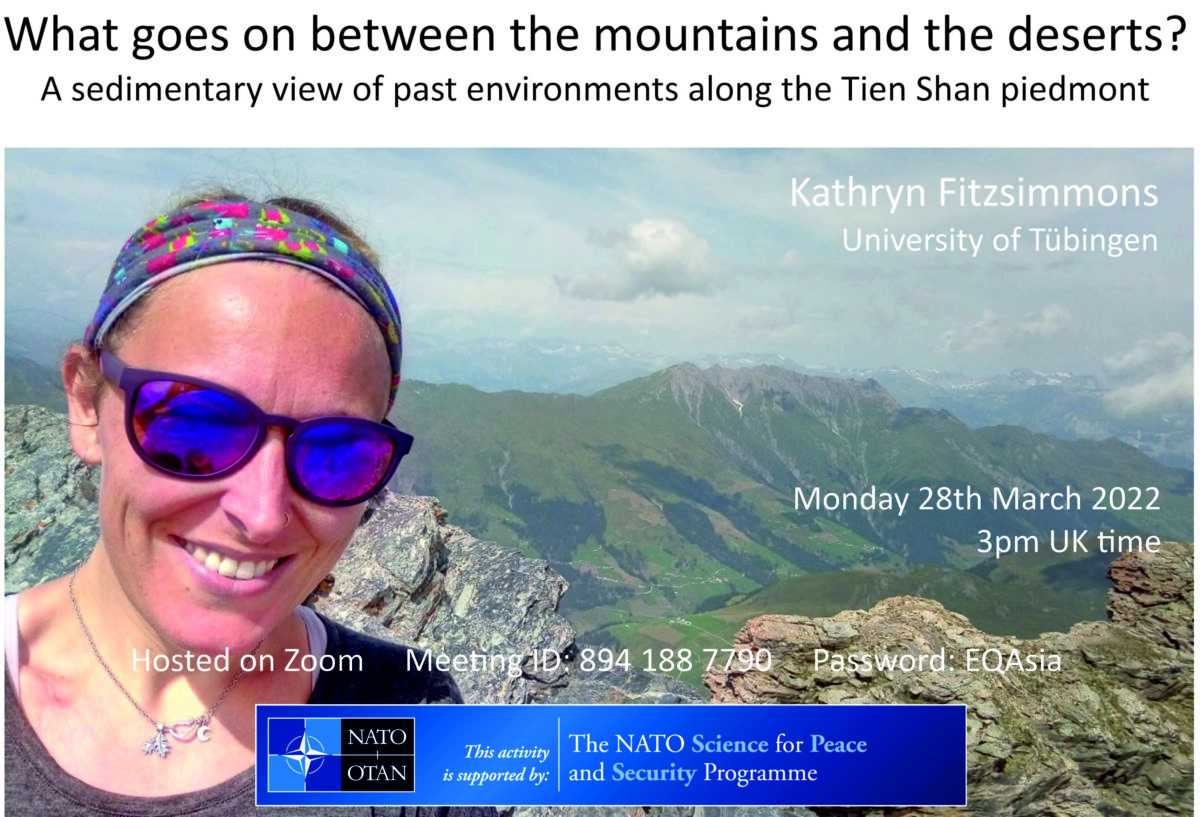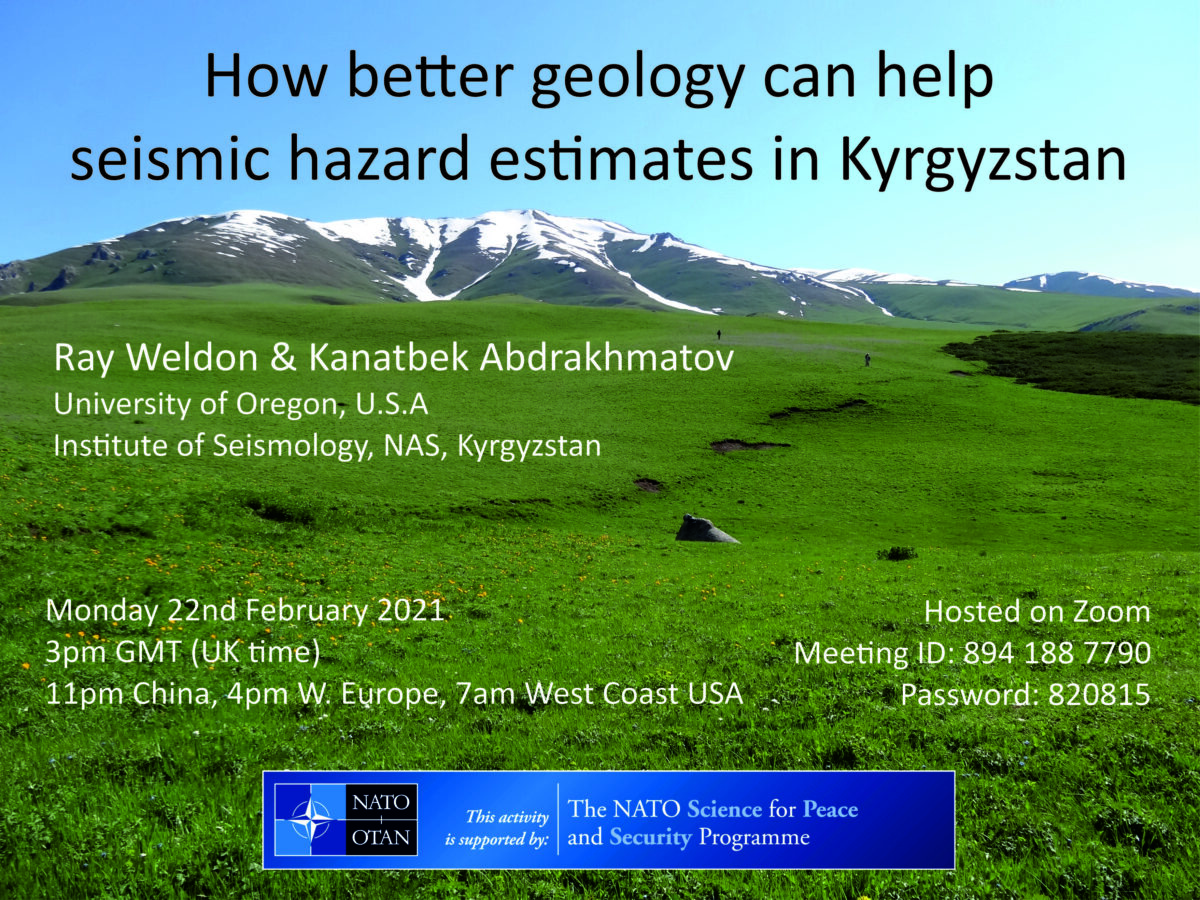In March 2022 we spent a week in Uzbekistan discussing projects and undertaking field investigations in collaboration with the Institute of Seismology, National Academy of Sciences.

Uzbekistan is sited at the westernmost margin of the Tien Shan ranges, with environments ranging from high mountains along the borders with Kyrgyzstan and Tajikistan through to desert in the west. There is a proven widespread earthquake hazard, with examples of destructive earthquakes including an event in 1966 that caused widespread destruction in the capital city of Tashkent.


